DAC cable encyclopedia
Time: 2021-11-09
In data centers, high-performance computers and high-capacity memory and other equipment between the need for short-distance, high-speed, and high-reliability interconnect transmission, the common use of the transmission scheme is the DAC. this article on the basic concepts of the DAC to do a brief introduction.
I. What is DAC?
Direct Attach Cable, or DAC for short, is generally translated as Direct Attach Cable or Direct Attach Copper Cable, which is a cable assembly with fixed connectors at both ends, usually procured in fixed lengths, and is divided into two types: Passive DAC (Passive Copper Cable) and Active DAC (Active Copper Cable). DACs transmit electrical signals and do not involve electrical-to-optical or optical-to-electrical conversion.
Passive DAC uses shielded high-speed differential copper cable, there is no chip on the circuit boards at both ends, and no signal processing is done throughout the signal transmission process (refer to Figure 1). Passive DACs are the preferred solution for short distance applications and are commonly used for data transmission between the same or adjacent cabinets in data centers. Their best features are low cost, ultra-low power consumption (less than 0.1 watts) and high reliability.

Figure 1 Block diagram of passive copper cable
Active DAC is similar to passive DAC, also using shielded high-speed differential copper cable, but its internal pre-emphasis, equalization and other high-speed electrical signal compensation chip to compensate for the attenuation of the electrical signal transmission process, you can increase the distance of data transmission between the uncompensated function of the switch and other equipment (refer to Figure 2). Compared to passive DAC, its biggest feature is the use of thinner cables and longer transmission distances.

Figure 2 Active copper cable block diagram
II. DAC structure
2.1 High-speed cable structure
Connecting the two modules of the DAC is a high-speed shielded differential cable, its performance plays a key role in the performance of the entire DAC, and its structure has an important impact on the alignment performance.
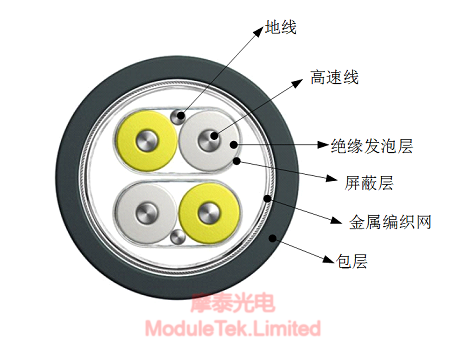
Figure 3 typical single-ground structure of 2-pair high-speed cable
Figure 3 shows a typical single-ground structure of 2 pairs of high-speed cables, mainly used for SFP type DACs that require a single transmitter and single receiver, the core of which is the high-speed line, made of silver-plated copper wire, high-speed line wrapped around the insulation foam layer. A pair of high-speed wire, insulation foam layer and ground wire is wrapped by the outside of the aluminum foil shielding layer, composed of differential transmission line structure, the structure of the material, wire diameter, process, etc., the key parameters of the wire insertion loss, reflection, delay has a decisive role.
Two pairs of differential wire harness outside the metal preparation of braided wire mesh and cladding, metal braided wire mesh play a shielding role, cladding mainly play a protective role in reinforcing the cladding material is common for PVC, there are also low-smoke halogen-free LSZH-type, the color is usually black, but also can be customized to other colors.
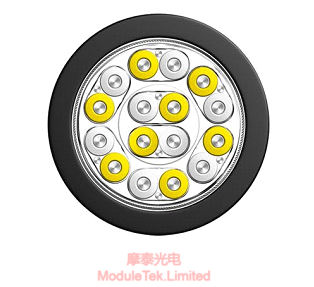
Figure 4 8-pair high-speed cable typical single ground structure
Figure 4 shows the typical single ground structure of 8 pairs of high-speed cable, similar to 2 pairs, mainly used for QSFP type DACs that require 4 transmitters and 4 receivers.
2.2 Introduction of modules at both ends of the terminal
The module interface at both ends of the DAC is the same as the ordinary optical module interface, mainly of two types, SFP and QSFP. The structure is as follows, Fig. 5 and Fig. 6 show the structure of SFP+ and SFP28 type terminals, and Fig. 7 and Fig. 8 show the structure of QSFP and QSFP28 type terminals.
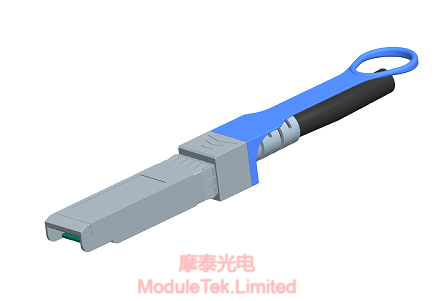

Figure 5 SFP type terminal module outline structure

Figure 6 type terminal module structure decomposition of SFP
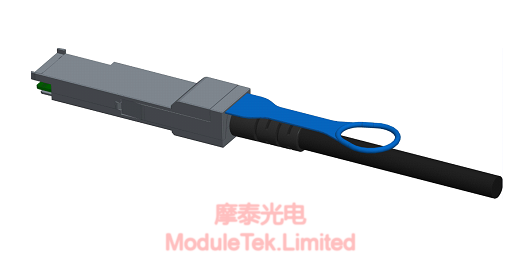
Figure 7 QSFP type terminal module outline structure

Figure 8 QSFP type terminal module structure decomposition
III. Common DAC types
3.1 SFP-SFP
SFP-SFP mainly has 10G rate SFP+ to SFP+ DAC and 25G rate SFP28 to SFP28 DAC with the following appearance:

Figure 9 SFP-SFP
3.2 QSFP-QSFP
QSFP-QSFP mainly has 40G rate QSFP+ to QSFP+ DAC and 100G rate QSFP28 to QSFP28 DAC, the appearance is as follows:


Figure 10 QSFP-QSFP
3.3 QSFP-4SFP
QSFP-4SFP mainly has 40G rate QSFP+ to 4xSFP+ DAC and 100G rate QSFP28 to 4xSFP28 DAC, the appearance is as follows:

Figure 11 QSFP-4SFP
IV. Comparison of different cables
Conventional cables are passive DAC, active DAC and active AOC, which have different advantages and disadvantages and correspond to different application scenarios. The following table compares the important parameters of DAC and AOC to help customers choose the right product:
Table 1
|
|
Transmission Medium
|
Wire Diameter
|
Transmission Distance
|
Power consumption
|
Cost
|
|
Passive Copper DAC
|
Copper Wire
|
Thick
|
Short (≤10m)
|
Ultra-low
|
Low
|
|
Active Copper DAC
|
Copper Cable
|
Medium
|
Medium(≤15m)
|
Medium
|
Medium
|
|
Active Optical Cable AOC
|
Optical fiber
|
Fine
|
Long(≤30m)
|
High
|
High
|
V. Summary
This article briefly introduces the basic concepts of DAC to help customers have a preliminary understanding, to solve the problems in the use of more in-depth understanding of the follow-up will continue to introduce.
Moduletek Limited provides the products involved in the above application guide, welcome to buy.
If you have any questions about the above content, you can contact us by Email : web@moduletek.com

 40G/100G Optical Transceivers
40G/100G Optical Transceivers 10G/25G Optical Transceivers
10G/25G Optical Transceivers 155M/622M/2.5G Optical Transceivers
155M/622M/2.5G Optical Transceivers 100M/1G Optical Transceivers
100M/1G Optical Transceivers FC 16G/32G Optical Transceivers
FC 16G/32G Optical Transceivers CWDM/DWDM Optical Transceivers
CWDM/DWDM Optical Transceivers 100M/1G/10G Coppers
100M/1G/10G Coppers Active Cable AOC
Active Cable AOC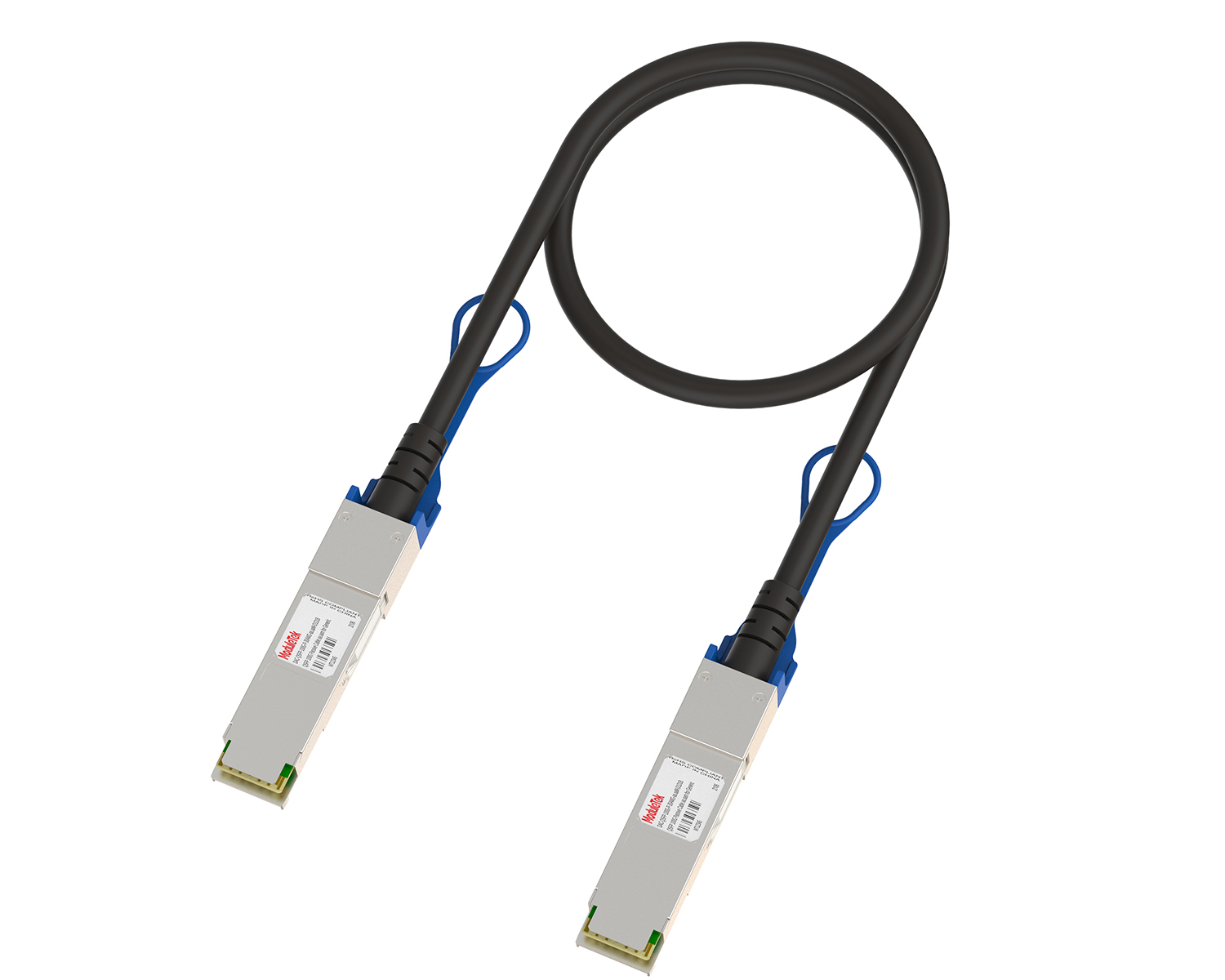 Direct Attach Cable DAC
Direct Attach Cable DAC Regular/MTP-MPO Fiber Patch Cords
Regular/MTP-MPO Fiber Patch Cords MT2011
MT2011 MT2010
MT2010 CodingBox
CodingBox






